Provide a reproducible data set. Here, there are 52 "random" observations from both genders with an additional variable to indicate the gender.
set.seed(123)
age <- sample(18:30, 52, T)
sex <- sample(1:2, 52, T)
sex <- factor(sex)
grp <- cut(age, breaks = seq(18, 30, 2), include.lowest = TRUE)
df <- data.frame(age, sex, grp)
I'm not sure about easy.ggplot2 but I know either ggplot2 or lattice can serve the needs of visualizing multivariate data as you have.
library(lattice)
library(ggplot2)
For lattice, aggregating the data first is a common strategy
res <- aggregate(age ~ grp + sex, df, length)
barchart(age ~ grp, groups = sex, res)

For ggplot2, aggregation is built-in to several of the "geoms". The first used the continuous variable age for the x-axis.
ggplot(df, aes(x = age, fill = sex))
+ geom_histogram(bins = 6, position = "dodge")

ggplot(df, aes(x = grp, fill = sex))
+ geom_bar(position = "dodge")

The second used the discrete (factor) variable grp for the x-axis. Note the subtle differences in the two ggplot functions.



